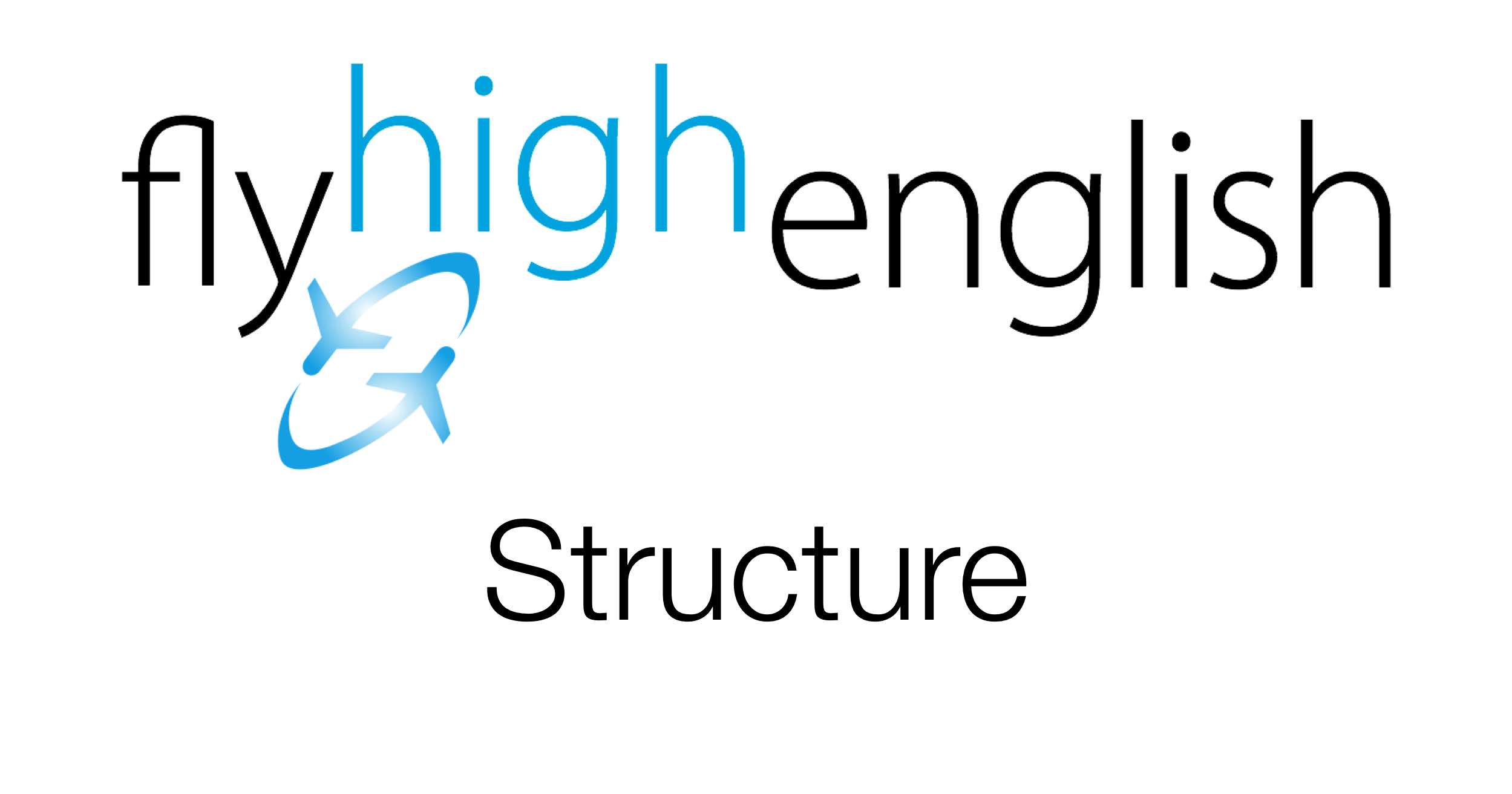
What are direct and indirect objects?
Objects in sentences
The object of a sentence is the person or thing that is affected by the action of the verb.
- Let’s contact the company (object).
- Open that chart (object).
Tip:The position of an object is after the verb.
Many verbs however, can have two objects. One of these is usually a person and one is usually a thing. We usually call the person, an ‘indirect object’ and a thing, a ‘direct object’.
- Can you send me (indirect object – person) an email (direct object – thing) about that.
- Give me (indirect object – person) that chart (direct object – thing).
Position of direct and indirect objects
As we can see in our previous examples we usually have the ‘indirect object’ (the person) before the ‘direct object’ (the thing). Let’s look at some more examples.
- Peter told us (indirect object – person) the news (direct object – thing).
- The airline offered me (indirect object – person) a new contract (direct object – thing).
Verbs which have two objects usually relate to transferring or communicating things from one person to another, or doing things for somebody.
Another position for indirect objects
It’s also possible to put indirect objects after direct objects, but in this situation we need a preposition before the indirect object (the person).
- Can you send me an email. (normal order)
- Can you send an email to me. (alternative order)
- The airline offered me a new contract. (normal order)
- The airline offered a new contract to me. (alternative order)
- He made the passenger a coffee.
- He made a coffee for the passenger.
Prepositions
The choice of preposition in these situations depends on the verb in the sentence.
- send something TO somebody
- make something FOR somebody
- give something TO somebody
In these situations a fixed preposition is necessary and students need to become familiar with these prepositions.
Follow us on Twitter here or Facebook here for more great content!
